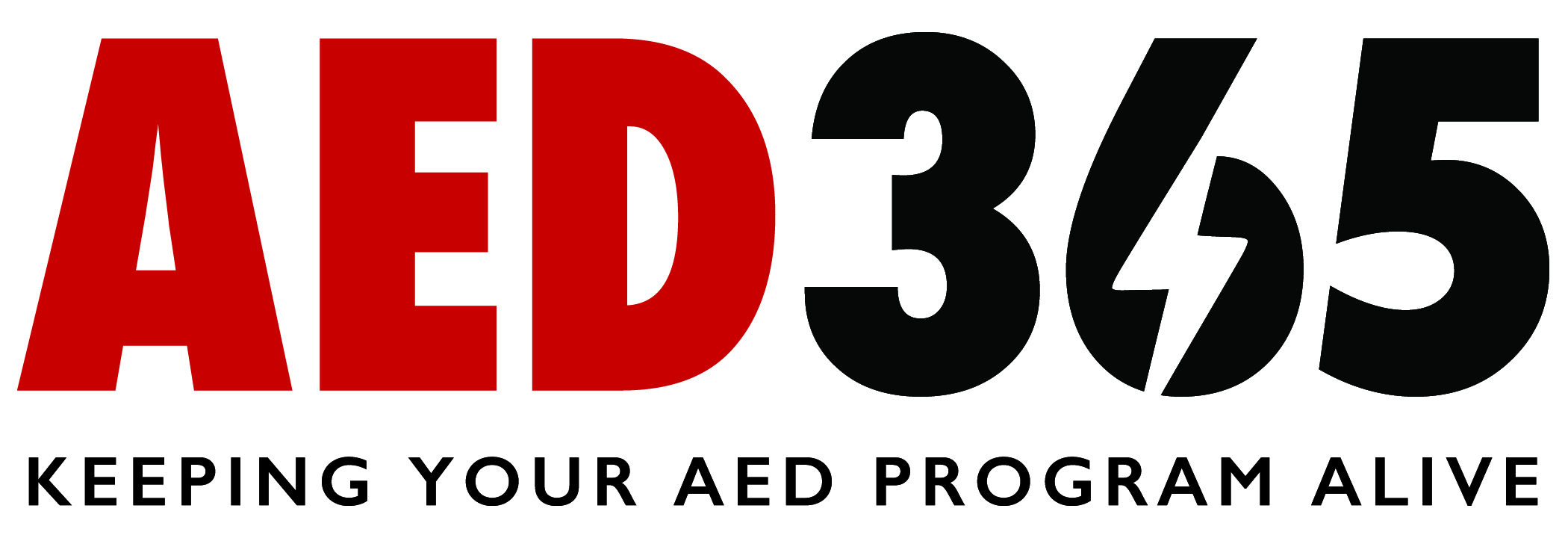Food Chain. Chains That Bind. Supply Chains. Chain Breaker
We have all heard of these different types of phrases including the word chain. Perhaps the most important chain related to life saving is the Chain of Survival. We have all heard of the Chain of Survival, but what is it exactly?
The Chain of Survival includes steps to improve the chance of a victim’s survival of a SCA. It begins with bystanders who can help the victim’s heart keep blood flowing to the brain until a healthy rhythm can be established. The Chain of Survival consists of the following steps:
- Early recognition and activation of the emergency response system- If a person is unresponsive and not breathing, call 911 immediately
- Rapid Defibrillation- Place an AED on the victim and follow the steps according to the audio and visual instructions
- Advanced Life Support- EMS professionals provide specific care during transport to hospital
- Post-Cardiac Arrest Care- Hospital professionals provide comprehensive care for the victim
- Recovery- Care Team includes additional treatments, rehabilitation, and psychological support for survivors and their families
While it’s true that a chain is only as strong as its weakest link, take steps now to ensure that you are prepared and ready to respond when faced with an emergent situation. If in doubt, give AED365 a call and we can help set you on a course to success!
Office: (205) 417-4711
Email: [email protected]


